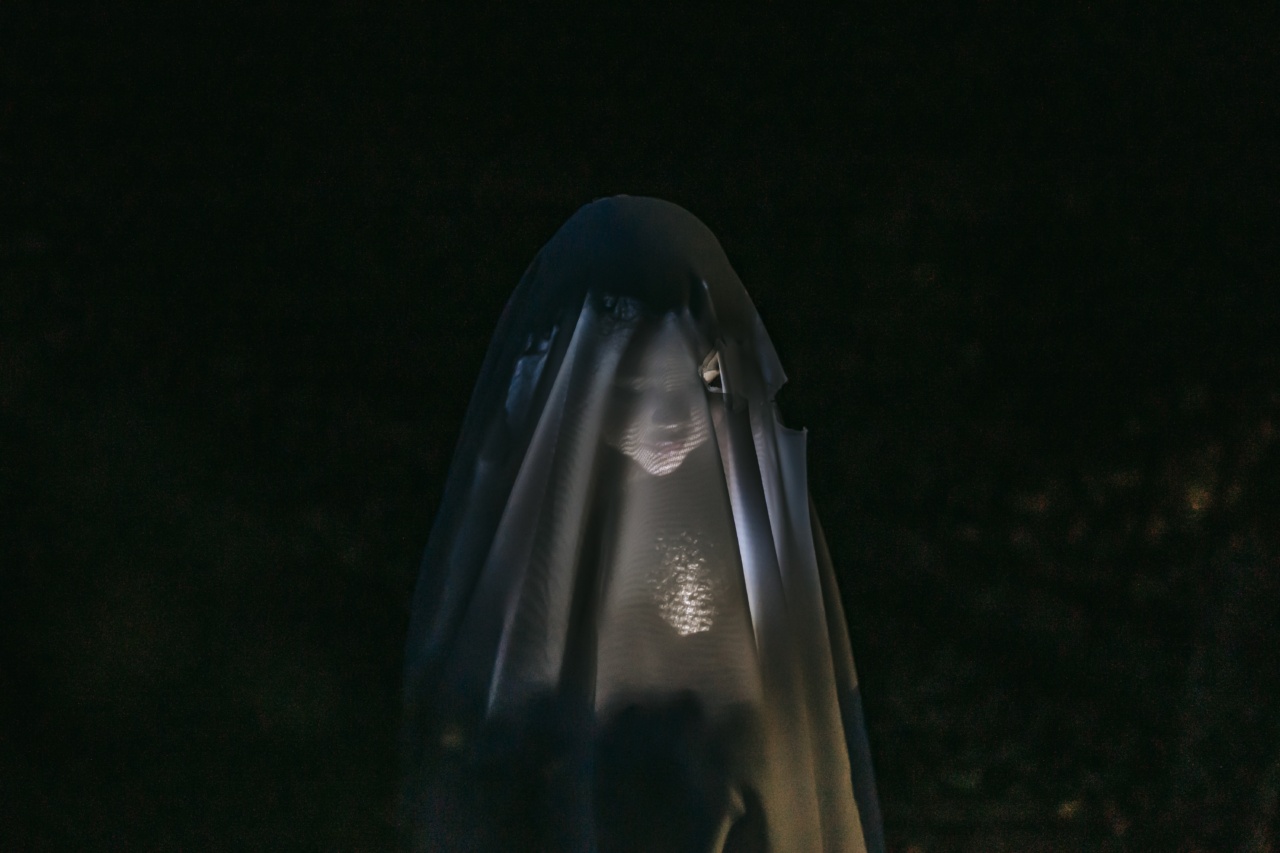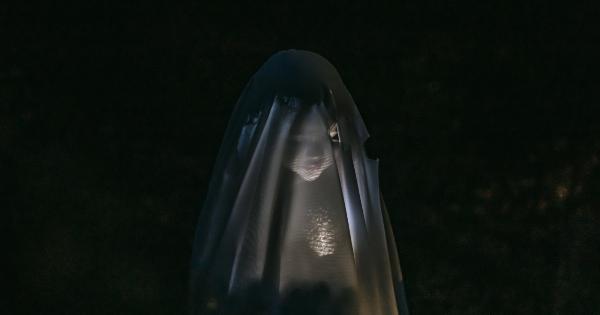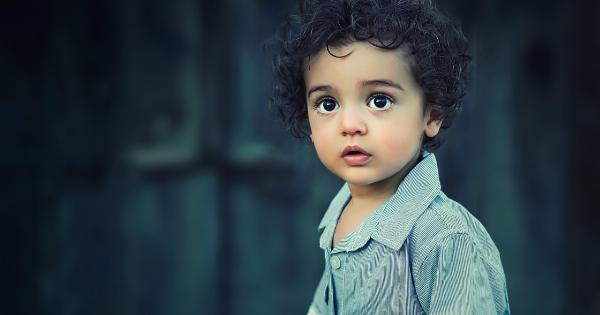Children’s exposure to horror images has been a subject of concern among experts and researchers.
With the rise of technology and the easy access to various media platforms, children are increasingly being exposed to horror images at a younger age. However, experts warn against the detrimental effects of such exposure on children’s mental and emotional well-being.
This article delves into the reasons why children should not be exposed to horror images and the potential consequences they may face.
1. Developmental Vulnerability
One of the primary reasons why children should not be exposed to horror images is their developmental vulnerability.
The developing minds of children are more susceptible to fear and anxiety, making them more susceptible to being traumatized by horror images. At a young age, children have limited cognitive abilities to distinguish between reality and fiction, thus making them more likely to believe that what they see in horror images is real.
2. Nightmares and Sleep Disturbances
Exposure to horror images can have a significant impact on children’s sleep patterns. Studies have shown that horror images can lead to increased nightmares and sleep disturbances in children.
These sleep disturbances can further impact their overall well-being and hinder their ability to function optimally during the day. Adequate sleep is crucial for children’s physical and cognitive development, and exposure to horror images can disrupt this essential aspect of their growth.
3. Emotional and Psychological Effects
Children are still in the process of developing emotional regulation skills, and exposure to horror images can overwhelm their emotional systems. Horror images often evoke fear, anxiety, and a sense of threat, which children may struggle to manage.
This can lead to long-term emotional and psychological effects, such as increased anxiety, post-traumatic stress disorder (PTSD), or even the development of phobias.
4. Desensitization
Repeated exposure to horror images can desensitize children to violence and gore. When children are constantly exposed to terrifying and violent scenes, they may become numb to the impact of such images.
This can hinder their ability to empathize with others’ fear and suffering and may desensitize them to violence in real-life situations. Desensitization can have far-reaching consequences on children’s moral development and their ability to differentiate between right and wrong.
5. Distorted Perception of Reality
Horror images can blur the line between fantasy and reality for children. They may struggle to understand that what they see on screen is fictional and not representative of the real world.
This distorted perception of reality can lead to confusion, distress, and even irrational fears. Children may start to believe in supernatural beings or perceive their surroundings as more dangerous than they actually are, causing unnecessary anxiety and stress.
6. Cognitive Impairment
Exposure to horror images can interfere with children’s cognitive functions and impair their ability to process information effectively.
When children are constantly exposed to terrifying and shocking visuals, their attention and concentration may suffer. This can hinder their academic performance and overall cognitive development. Additionally, research suggests that excessive exposure to horror images may negatively impact memory consolidation and information retention.
7. Aggressive Behavior
Studies have found a correlation between exposure to horror images and an increase in aggressive behavior among children. The graphic and violent nature of horror images can desensitize children to violence and may influence their behavior.
Children who are consistently exposed to horror images may develop aggressive tendencies and be more prone to imitating violent actions portrayed in such content.
8. Influence on Social Relationships
Excessive exposure to horror images can also impact children’s social relationships.
Fear and anxiety resulting from exposure to horror images can lead to social withdrawal, decreased self-esteem, and difficulties in forming and maintaining friendships. Additionally, horror images often contain themes of isolation, violence, and betrayal, which can negatively shape children’s perception of relationships and trust.
9. Sleep and Eating Disorders
Aside from nightmares and sleep disturbances, exposure to horror images can also contribute to the development of sleep disorders such as insomnia.
Children may experience difficulty falling asleep or staying asleep due to lingering fears from the horror images they have been exposed to. Moreover, horror images may also trigger eating disorders such as anorexia or binge eating, as they can disrupt children’s appetite cues and lead to emotional eating habits.
10. Long-Term Impact on Mental Health
Perhaps the most concerning aspect of exposing children to horror images is the potential long-term impact on their mental health.
Children who experience trauma from horror images may be more likely to develop anxiety disorders, depression, and other mental health conditions later in life. The negative effects of early exposure to horror images can persist well into adulthood, highlighting the importance of protecting children from such content.
Conclusion
In conclusion, experts caution against exposing children to horror images due to the potential harm it can cause to their well-being.
Their developmental vulnerability, emotional and psychological effects, distorted perception of reality, and the risk of long-term mental health issues make it imperative to shield children from such content. Parents, educators, and society as a whole should work together to create a safe and nurturing environment for children, free from the harmful influence of horror images.































